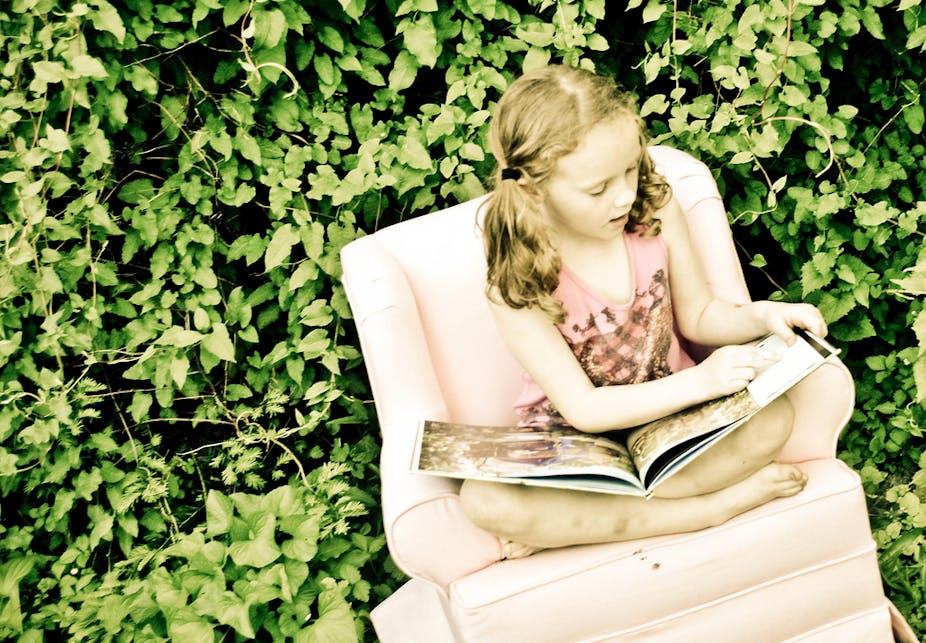Many commentators have had a go at forecasting what Australia might be like in the future. Such exercises are valuable inputs to our thinking as individual, organisational or societal decision-makers. But those who guide the futures-thinking of organisations and communities have found the most powerful ways for people to come to grips with the future is to develop detailed stories, or scenarios, about alternative futures. This is particularly true of so-called “wicked problems” - ones that are hard to define and different parts of society disagree about. Examples include population, dealing with climate change and many health-related policy issues.
Why scenarios? Think for a minute how you communicate information (for example, to colleagues, the public or your families). Isn’t it as stories of one sort or another? We communicate through stories, be they written ones, songs, movies or drawings. The beauty of developing a detailed story is that it tests your logic and credibility. We all pick up very quickly when a novel’s or a movie’s plot does not hang together well. In courts of law, the stories of an accused person and their accusers are tested through the tabling of evidence and questioning to fill in the gaps where evidence does not exist or is equivocal.
Developing stories about the future helps us identify what we understand or don’t understand, challenges our preconceptions and assumptions, and gives us insights into information we need to get. This helps us deal better with wicked problems.
The process of “scenario planning” starts with an analysis of what has happened in the past and what trends are still emerging. We consider what could happen, even if it hasn’t in the past, and how surprises might emerge.
Things that we think might be important but are uncertain are then explored in scenarios that consider the range of the uncertainty. For example, if we are thinking about the future of Australia we might consider uncertainties such as whether climate change is mild or severe, whether availability of oil declines quickly or slowly after its peak, whether Australia’s economy continues to grow or declines, whether or not China continues to be a major trading partner and what happens to its economy, what technologies might emerge and when, and what our attitudes might be about the environment and what is acceptable or not acceptable in society. We might also think about how all of these uncertainties affect Australia’s ability to cope with environmental, social, economic, technological and other shocks in the future.
So how does this work in real life?
I was recently part of a group asked to consider scenarios for Australia’s future to 2050. You might think it would be a relatively simple task for such a group to develop a set of scenarios telling Australians what scientists think are important uncertainties for the next few decades. Not so.
We had little difficulty identifying a set of uncertainties that should be considered (most of them are listed in the paragraph above). But how to turn these into scenarios that would be used by Australians was a topic for much discussion.
Some members felt we should lay out the potential challenges of the future from the perspectives of scientists (especially challenges associated with bio-physical processes like climate change and energy generation) so Australians could see clearly what they face.
Some observed that people learn best when allowed to explore information and situations for themselves. They argued that we need a way to help all Australians engage with science but also bring their own knowledge, beliefs, values and hopes for the future into the stories they create about the futures they would like to see, fear they might get, or that just might be scary or interesting.
In the end we developed three sets of scenarios around three different uncertainties: how Australia deals or does not deal with climate change; how Australia’s institutions and government arrangements might play out; different attitudes that might dominate Australian society in the future.
We would expect that any community that sits down to develop their own scenarios about the future will have different priorities and concerns. This led us to ask: “Can we kick-start a process that makes science available to any interested Australians to develop their own scenarios that grow from the foundations that we provide”?
The working groups converged on the idea of “living scenarios” — basic scenarios on which any community can build to consider their futures, but which provide clear information about what is known or not known from scientific research.
How might a process of living scenarios be developed? That is the next question we’ll wrestle with. The first volume provides discussion about the possible nature of a just and sustainable future Australia. The next step is to bring more perceptions from across Australian society to bear on these issues. We want to fashion a set of tools and guidelines that any community can pick up and begin their own futures-thinking process, in which they can have fruitful interaction with scientific information and scientists themselves.
Steven Cork was lead author for a group exploring scenarios as part of the Australian Academy of Science project “Australia 2050: Towards an environmentally and economically sustainable and socially equitable ways of living”.
The Australia 2050 project for the Australian Academy of Science has just published Phase 1 Negotiating our future: Living scenarios for Australia to 2050 which emerged from 35 scientists working together to explore social perspectives, resilience, scenarios and modelling as pathways towards environmentally and economically sustainable and socially equitable ways of living. Phase 2 of this project on creating living scenarios for Australia is underway.

